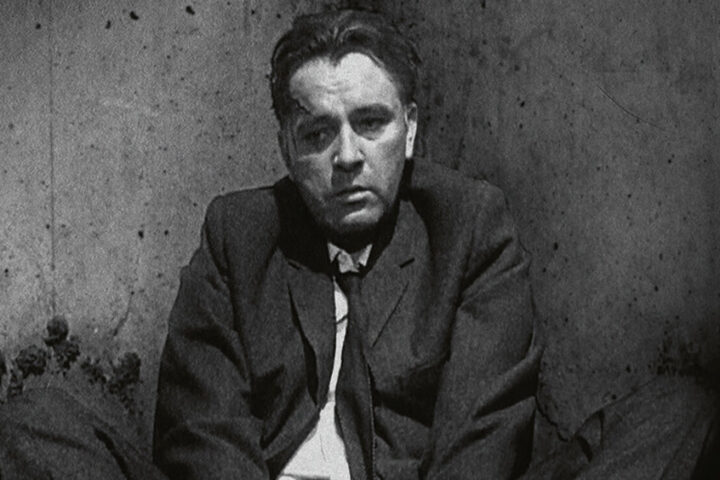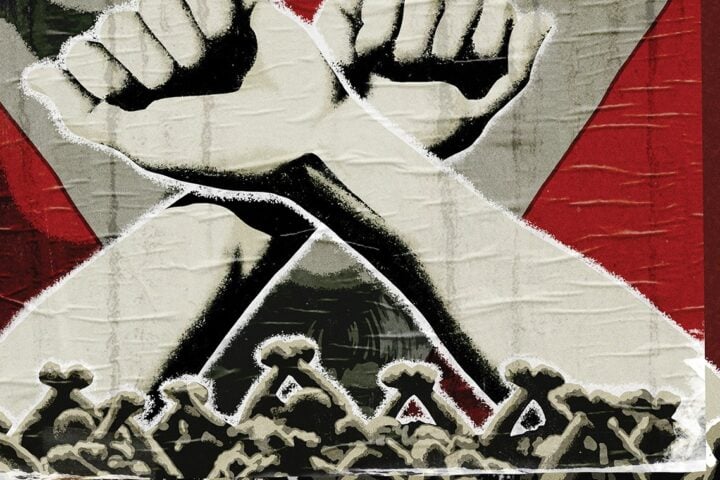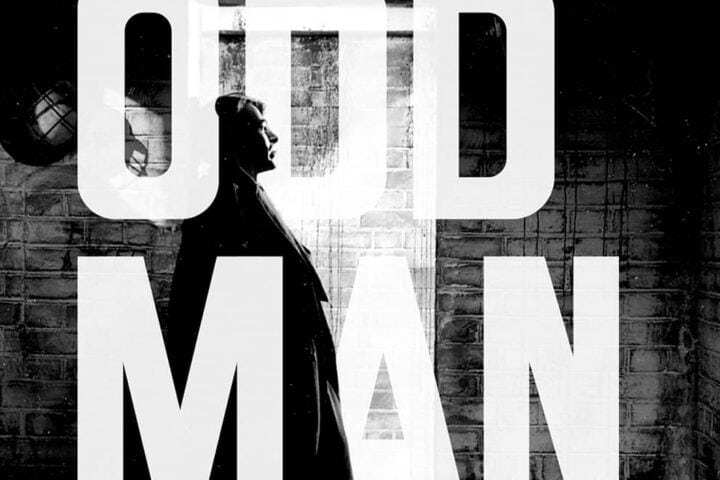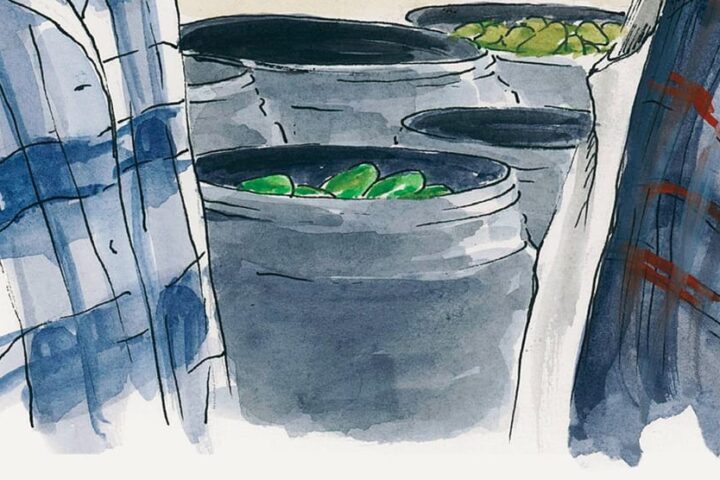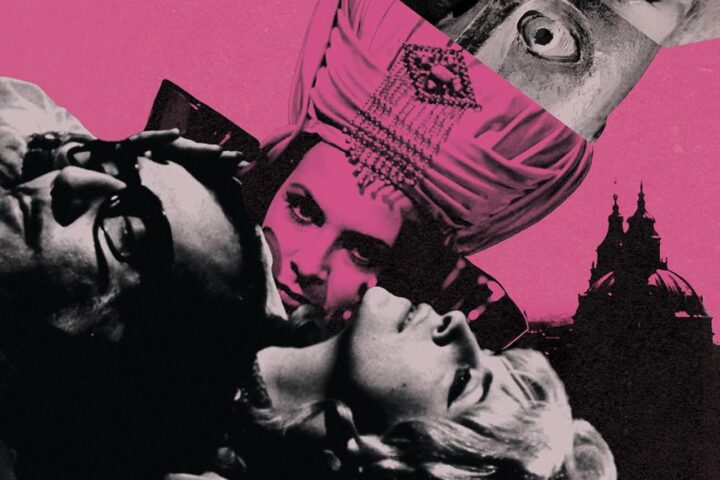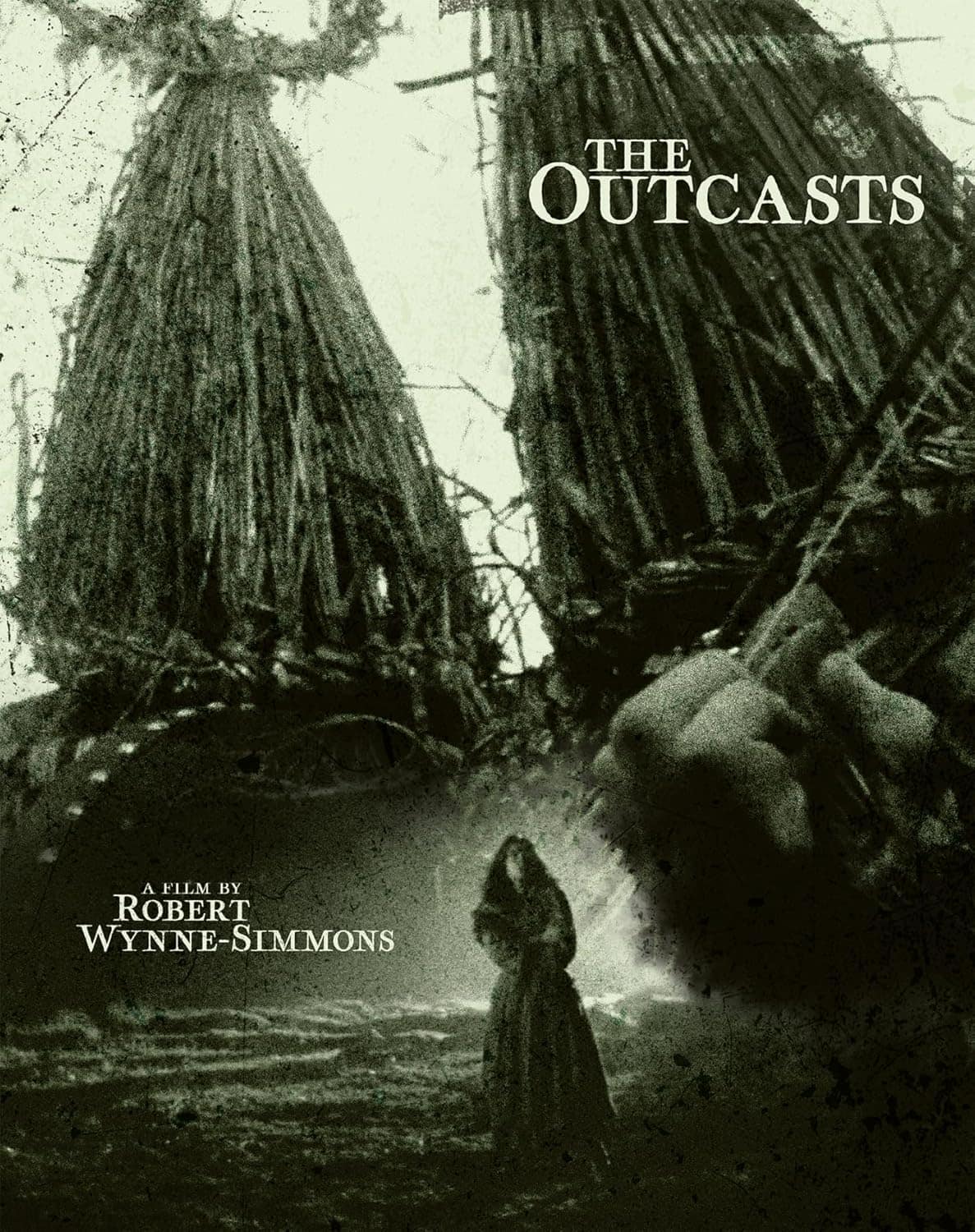 Robert Wynne-Simmons’s The Outcasts is a haunting and ultimately melancholy study of social ostracization and rebellion that takes place in rural Ireland sometime before the potato famine of 1845. The film felicitously combines an almost documentarian concern for the folkways of the peasants who till the muddy earth and the delicately wrought magical elements found in an Irish folk tale.
Robert Wynne-Simmons’s The Outcasts is a haunting and ultimately melancholy study of social ostracization and rebellion that takes place in rural Ireland sometime before the potato famine of 1845. The film felicitously combines an almost documentarian concern for the folkways of the peasants who till the muddy earth and the delicately wrought magical elements found in an Irish folk tale.
Pensive and taciturn Maura O’Donnell (Mary Ryan) is lame in one leg, and thus the target of bullying from the village children. Her two sisters have little interest in coming to her defense. Breda (Brenda Scallon) is a widow mostly preoccupied by taking care of their wayward father, Hugh (Dan Foley), while Janey (Bairbre Ní Chaoimh) has found herself in a family way thanks to local boy Eamon (Máirtín Jaimsie), who’s more interested in taking over the O’Donnell farm than starting a family.
Village relations seem timeless somehow, as routine and fixed in place as the piled stone walls used to mark out property lines. But events are suddenly disrupted and begin to turn take on a decidedly supernatural aspect right after the nuptial ceremonies with the arrival of Scarf Michael (Mick Lally), an itinerant fiddler with seemingly magical powers. When two village girls (Gillian Hackett and Hilary Reynolds) do Maura a nasty turn, Scarf Michael takes musical revenge, making them hallucinate some particularly unpleasant romantic partners.
Scarf Michael is an ambivalent figure, a charmed hinge between this world and the one beyond, whatever that might be. Having undergone burial at sea (it’s unclear if this was a punishment for practicing the black arts), he was symbolically reborn. But he still haunts the highways and byways known to him from before, unable to fully cross over to the other shore. In the film’s third act, Maura undergoes a similar sort of initiation, but it’s handled so delicately and almost evasively that you’re never entirely sure what’s going on, let alone what it means.
Once Maura runs away with Scarf Michael, the film is increasingly suffused with an aura of the supernatural. But Wynne-Simmons and cinematographer Seamus Corcoran keep the enchantment grounded in the things of the earth: mazy tree-branches, rocky outcroppings, the pebbly strand by the sea. After the two spend the night together, in an ethereally filmed love scene that establishes a strange symbolic equivalence between flesh and tree bark, Maura wakens to a world covered in snow, an objective correlative for her altered condition.
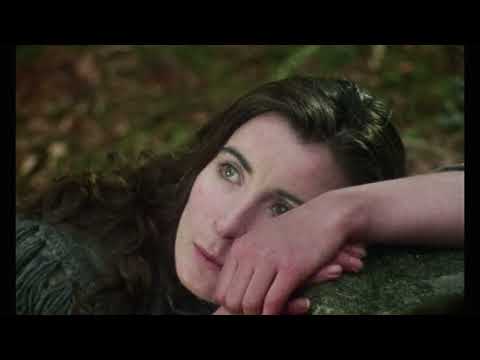
Literary theorist Tzvetan Todorov proposed a definition of the fantastic as a moment of indecision within a narrative when its events can either be explained by rational means, when we are dealing with the uncanny, or else cannot, so that we are witness to the miraculous. The truly delightful thing about Wynne-Simmons’s film is that it holds us suspended in that moment of hesitation, leaving it up to the viewer to decide.
Image/Sound
The transfer on Deaf Crocodile’s release, sourced from a 2K scan of the original 35mm image and sound elements, looks pretty good overall. The Outcasts was originally shot on 16mm and blown up for distribution, so the resultant image is fairly grainy and diffused looking. The film’s palette tends toward mud brown and stone gray, but the occasional flashes of leafy green appear lush indeed. Audio comes in a Master Audio mono mix that’s clean and clear, nicely conveying the fiddle-driven score from composer Stephen Cooney. For those who lack an ear for the thick Irish brogue, there are handy English SDH subtitles.
Extras
The disc’s extras are kicked off by two interviews moderated by Deaf Crocodile co-founder Dennis Bartok. The conversation with writer-director Wynne-Simmons is hampered somewhat by audio difficulties, so you have to listen hard to make out what the man has to say, but what’s here is fascinating, covering, among other things, his love of horror stories and folk tales, his script for the seminal horror classic The Blood on Satan’s Claw, and, of course, the writing and shooting of The Outcasts. For his part, composer Steve Cooney provides a deep dive into the composition and performance of the lilting fiddle music heard in the film.
Producer and professor Rod Stoneman provides a visual essay that goes into the formation of the Irish Film Board in the early 1980s, that there hadn’t been a feature film shot entirely in Ireland for 50 years until The Outcasts (the previous one also featured Cyril Cusack), the location and time period of the film, the folkways of Western Ireland, the role of the storyteller across cultural lines, and possible readings of the film’s fantastical elements.
Also included here is “The Judgement of Albion – Prophecies of William Blake,” a half-hour short that examines Blake’s poetry and artworks against the backdrop of London in 1968, as well as four other early shorts from Wynne-Simmons made between 1962 and 1964. “L’Eredita di Diavolo” is a ghost story, shot in a dilapidated manor owned by Percy and Mary Shelley, that features some jaw-dropping stunt work for a band of 15-year-old filmmakers. “The Greatest All-Star Advertial of All Time” is an extended sight gag about a pack of cigarettes that features some heavyweight cameos from Charlton Heston, Michael Redgrave, and a bearded Peter O’Toole. “Bomb Disposal” is little lark that features Sammy Davis Jr. And last but not least, “The Scrolls” is an Orwellian tale of oppression and revolt set against the British countryside.
Overall
By turns earthy and eerie, Robert Wynne-Simmons’s The Outcasts brings rural Irish folkways and folk tales to vivid and entrancing life.
Since 2001, we've brought you uncompromising, candid takes on the world of film, music, television, video games, theater, and more. Independently owned and operated publications like Slant have been hit hard in recent years, but we’re committed to keeping our content free and accessible—meaning no paywalls or fees.
If you like what we do, please consider subscribing to our Patreon or making a donation.

